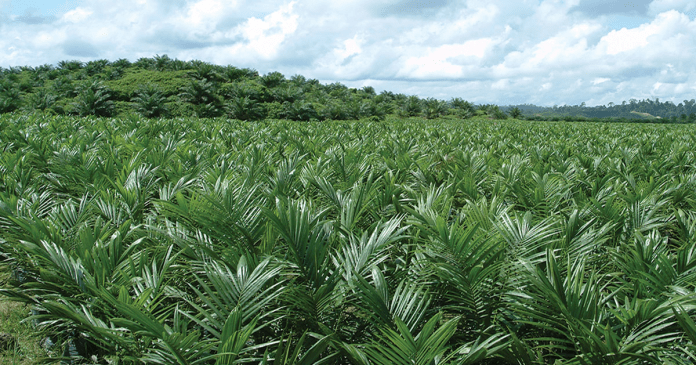Malaysia’s July palm oil output rose to 1.610m MT (+11% MoM, +2% YoY), coming in 4% above Kenanga Investment Bank’s and 2% higher than consensus’ estimates expectations.
Kenanga’s Sector Update (Aug 11) stated the higher output and reasonable prices helped nudge exports up 16% MoM to 1.354m MT thus July’s closing inventory ended just 1% above a month ago.
July MPOB CPO price recovered 11% MoM to RM3,897 (-4% YoY) but Kenanga is keeping their CPO price of RM3,700 per MT for 2023−24.
Kenanga Research’s NEUTRAL call on the sector is maintained. The likelihood of El Nino continues to be high but staying at the “moderate” to “strong” category, not worsening to “very strong”.
Meanwhile, 2H 2023 cost pressures should ease with cash flows and balance sheet staying defensive. Ratings are also not demanding. KLK is our sector pick.
MPOB Sept 2022 Highlights KL Plantation Index vs. KLCI
Fragile supply-demand outlook: FFB production often starts improving MoM from June/July onwards to peak in Sept/Oct. Hence the current rising July output, exports and closing inventory are not surprising. Compared to historic levels, the current actual end-July inventory is still below the long-term average. On 31 Jul 2023, US-based NOAA (National Oceanic and Atmospheric Administration) maintained its “moderate” to “strong” El Nino forecast later in 2023/early 2024. However, if the pending El Nino is more severe, an estimated small 2024 global edible surplus can turn to a deficit, highlighting the fragility of the present supply demand balance.
Therefore, edible oil prices can be quite reactive to news of weather change or supply chain disruption. Whilst our expected CPO price is maintained at RM3,700/MT for 2023−24, ongoing supply risk premium commanded by CPO may require a slightly (3−5%) firmer price adjustment.
Cost pressures should ease. Fertiliser prices have fallen over 30% from the peak in 2Q of last year but still more than 50% higher than the 10-year average. Diesel cost has also eased but wages are trending up and sticky albeit should slow or even pause briefly in 2H of 2023. Palm kernel (PK), a side product when extracting CPO from FFB, is sold and the proceed is offset against CPO cost.
Whilst CPO is consumed mainly (70%) as food, PK ends up in the personal care, cosmetics and industrial products which can be more sensitive to economic slowdown. Recent PK oil (PKO) prices seem to reflect so, trading at around CPO prices instead of the more usual 20−30% premium.
This should reverse as PKO inventory adjusts to new demand but this may take time so the benefit to CPO production cost is more likely in 2024.
Kenanga states the sectors trading is expected at 1.1x PBV, the plantation sector offers deep value ─ from a long-term exposure to robust palm oil demand underpinned by the food and biofuel sectors to increasingly valuable land holding as new regional oil palm development is becoming scarce due to limited land availability and regulations.
While CPO selling prices can be volatile, well managed plantations can offer good returns and cash flow. We like: (i) KLK (OP; TP: RM24.50) for its strong track record, regional upstream operations and growing downstream operations, (ii) PPB (OP; TP: 19.30) for Wilmars’ exposure to China and India along with its own exposure into SE Asia’s growing consumer essential segment and (iii) HSPLNT (OP; TP: RM2.30) which offers upstream exposure with cash surplus to sustain a decent dividend yield.









